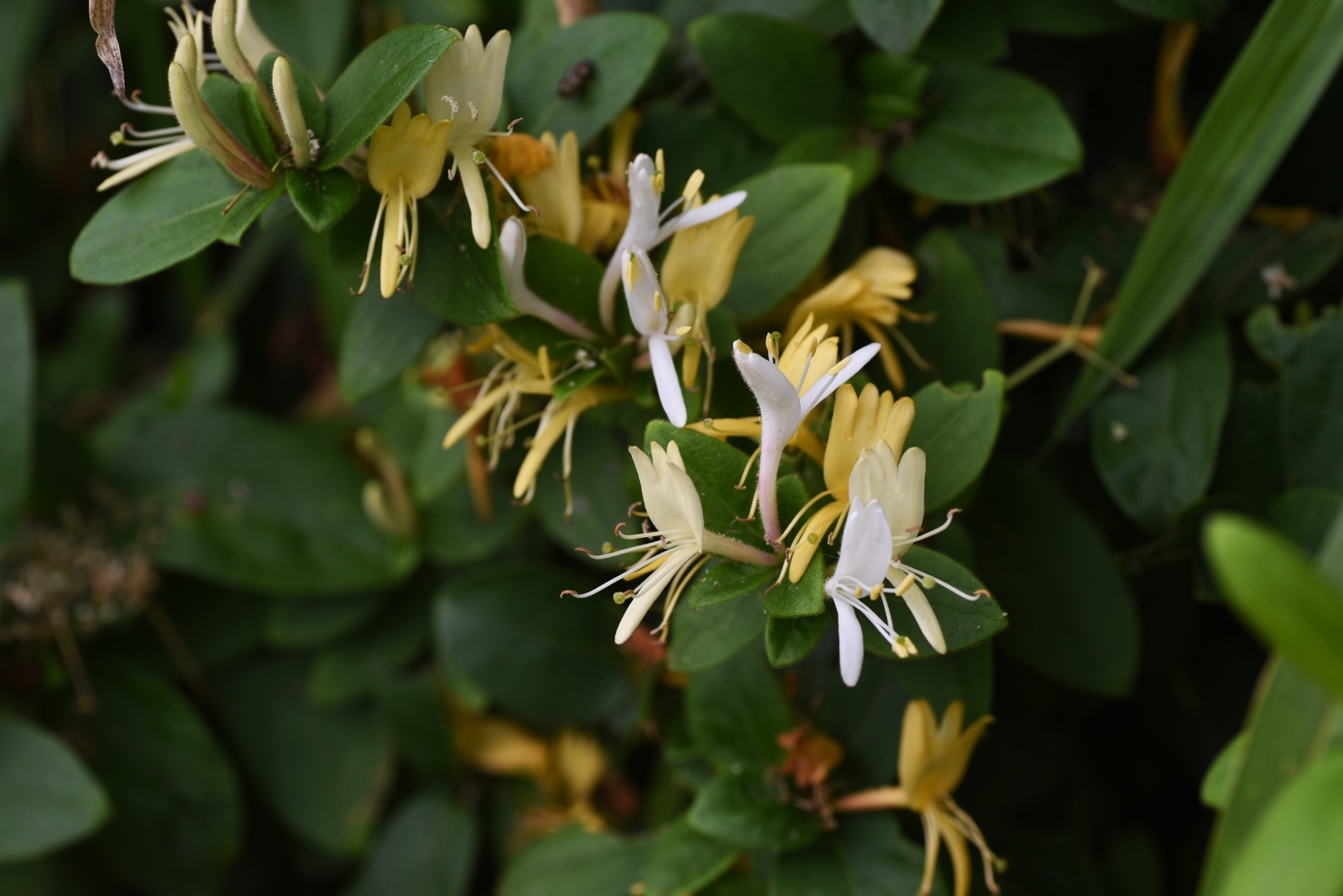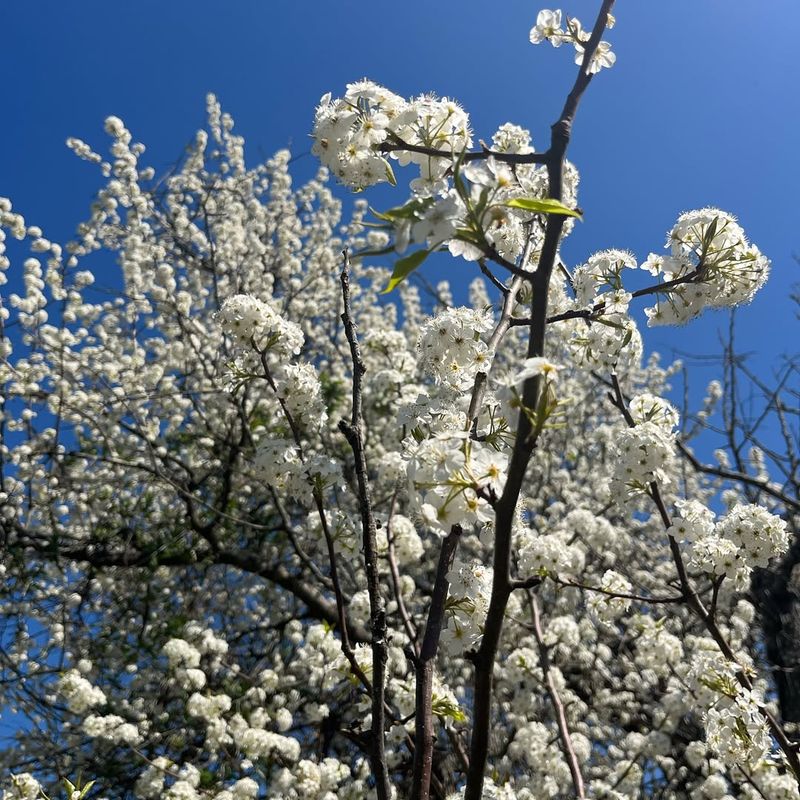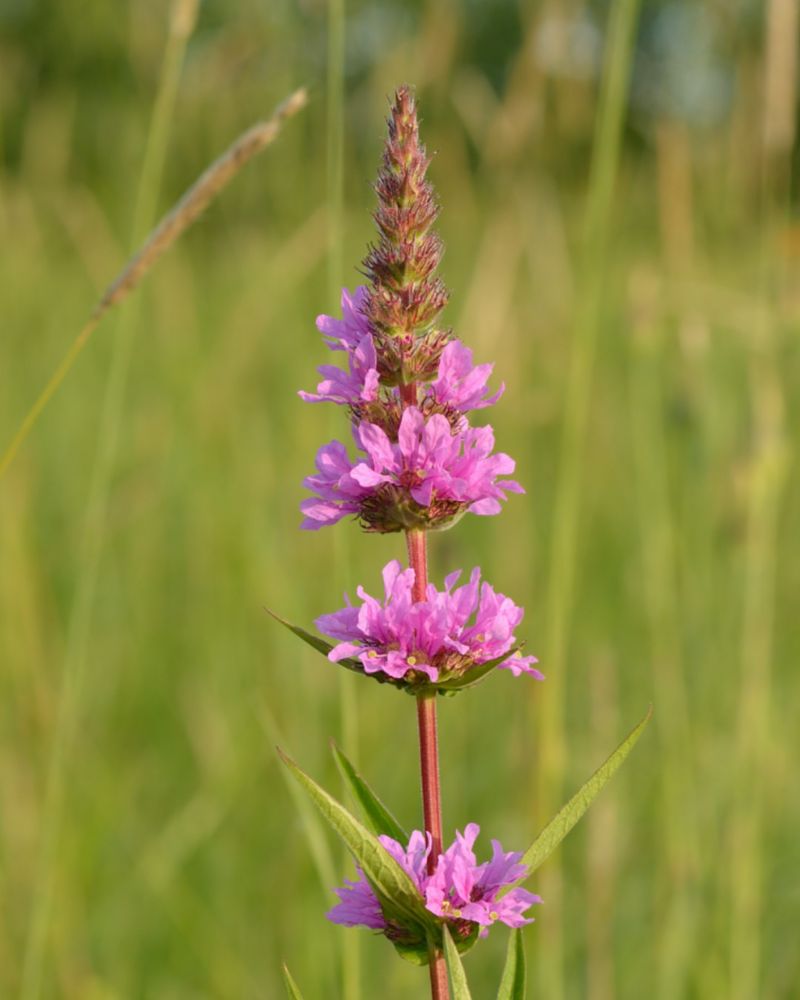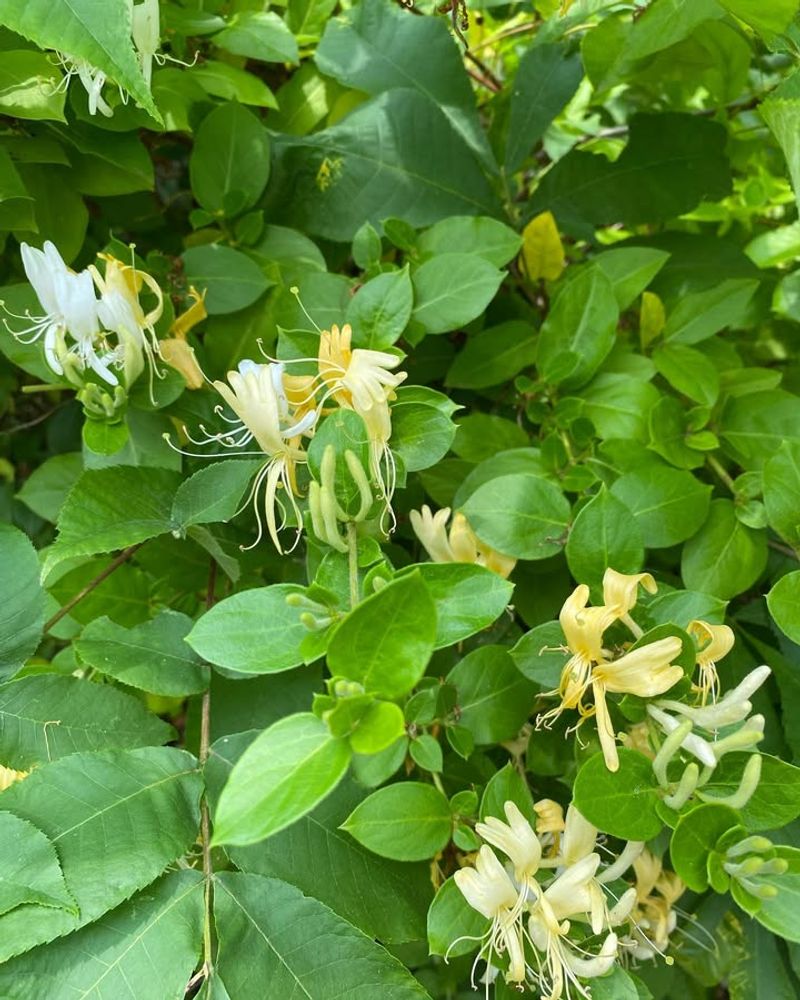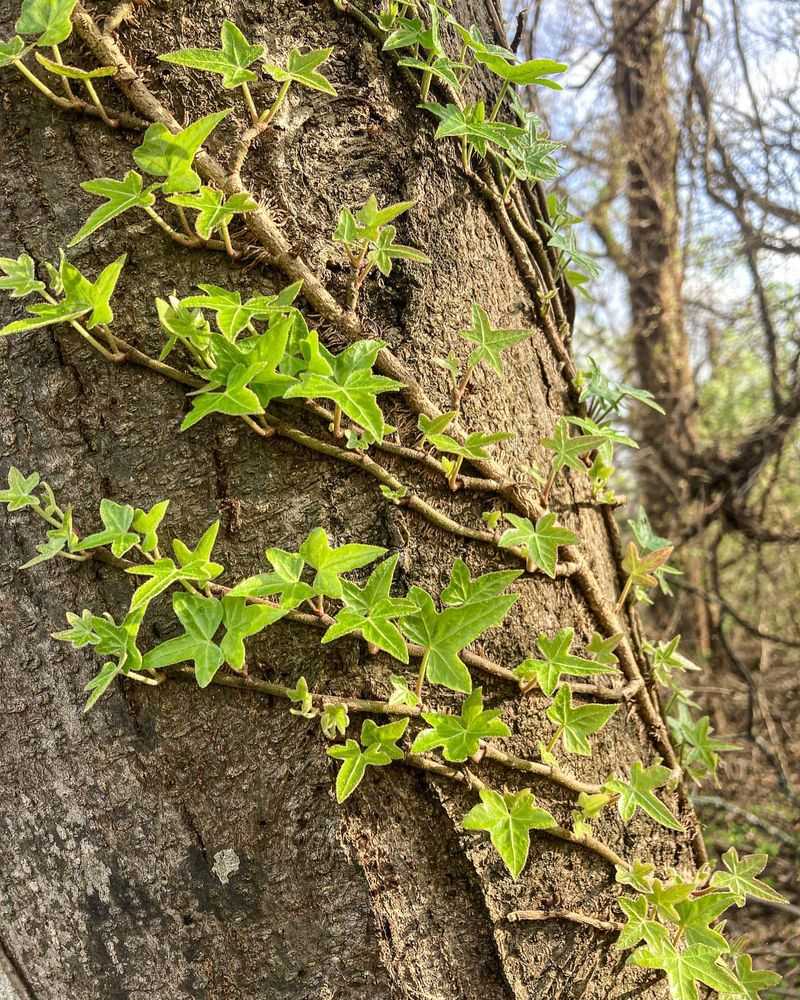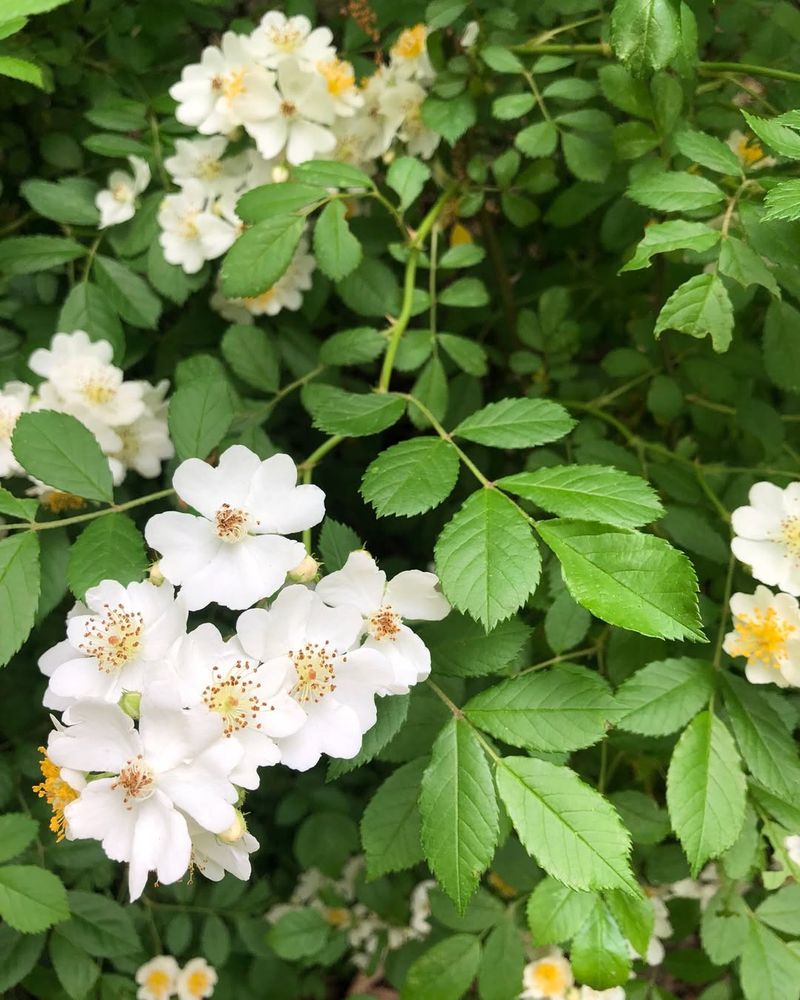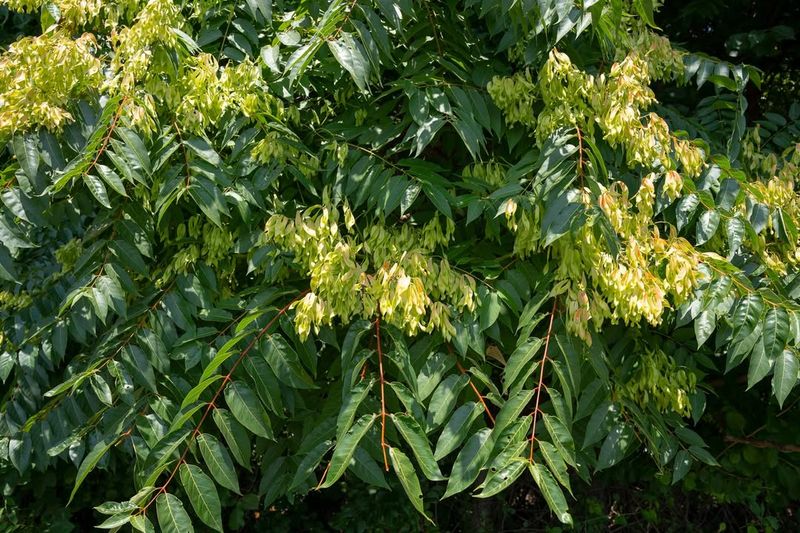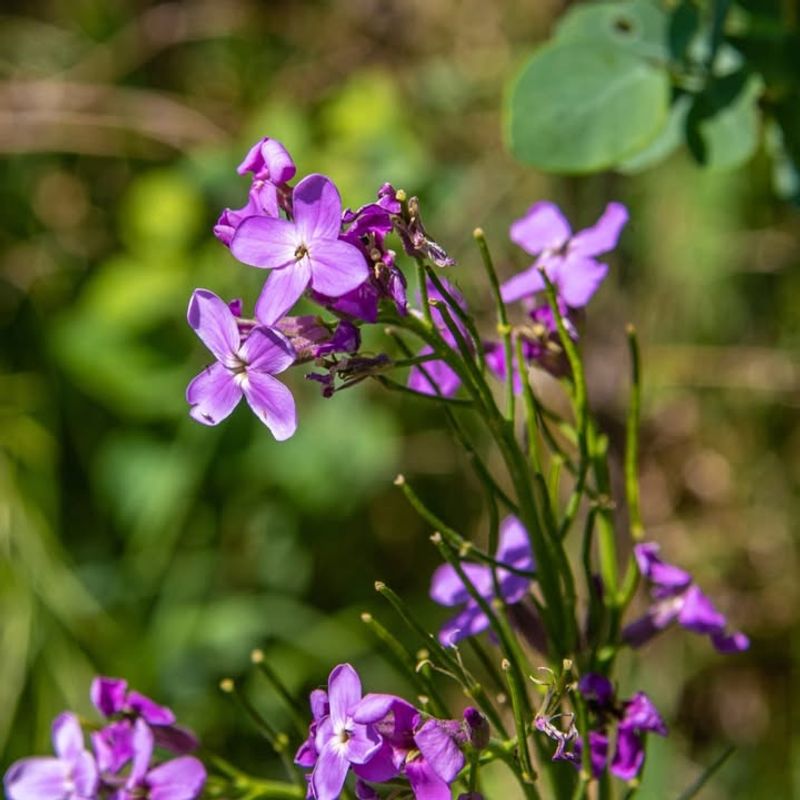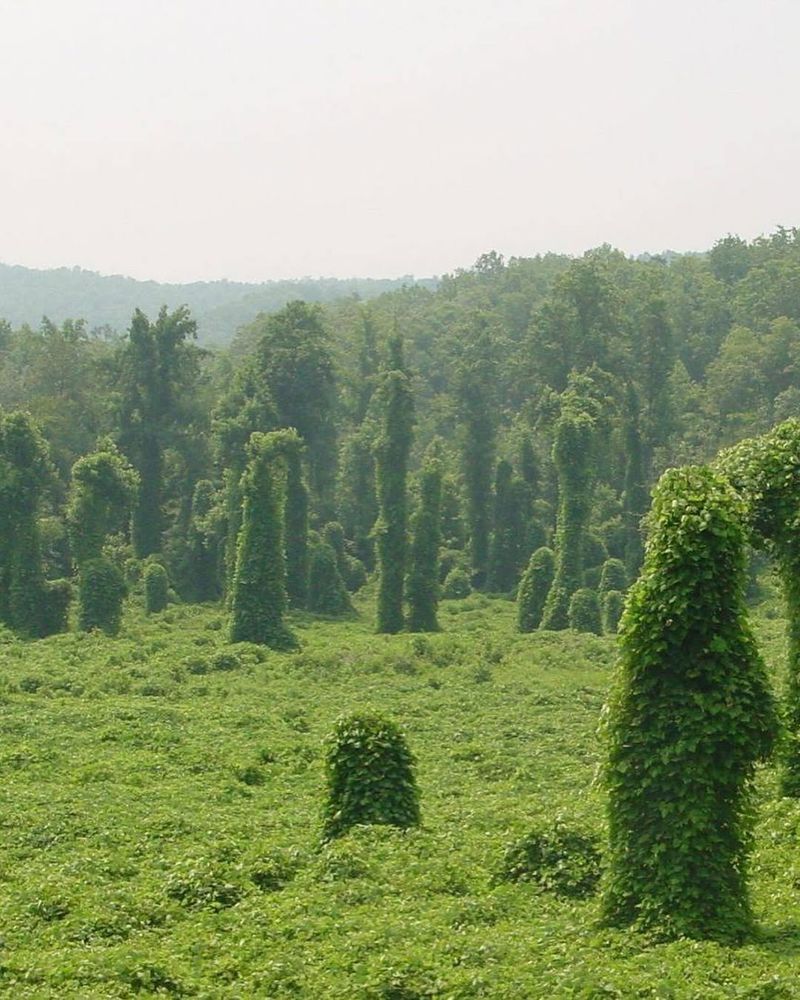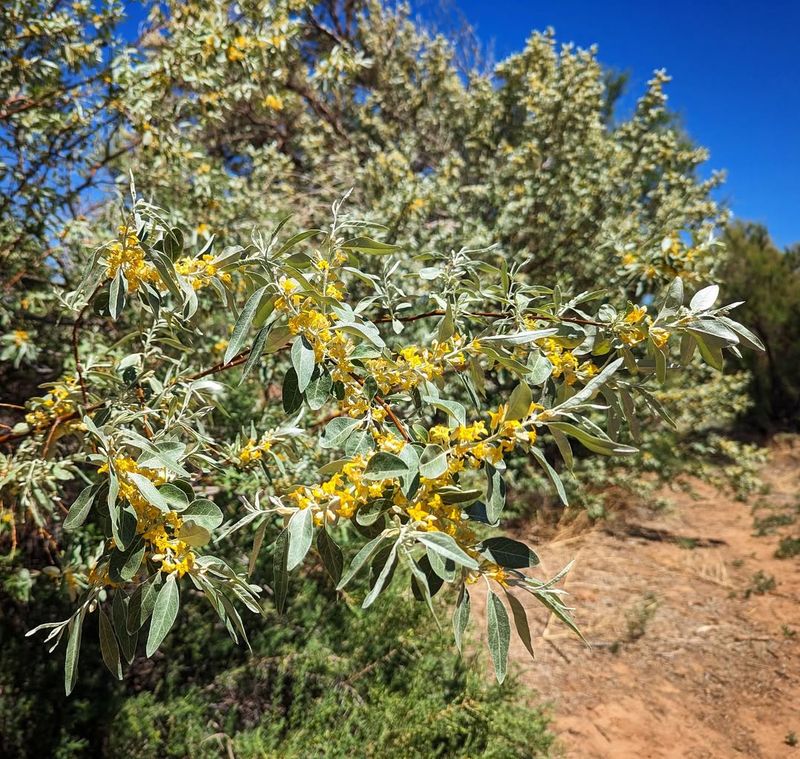Some popular plants in Kansas gardens could be on their way to the banned list. I was shocked to see a few familiar favorites pop up in recent discussions.
Knowing which ones are being reviewed can save you from unexpected trouble later. Staying ahead of these changes keeps your garden safe and compliant.
1. Bradford Pear Trees
Known for their stunning spring blooms, Bradford pears have become a nuisance across Kansas neighborhoods. Their weak branches break easily during storms, creating hazards and cleanup headaches for homeowners.
Wildlife spreads their seeds rapidly, causing these trees to invade natural areas and crowd out native plants. Kansas officials are considering restrictions because they damage local ecosystems.
Many gardeners already regret planting them due to their unpleasant smell and messy fruit that attracts pests throughout the year.
2. Purple Loosestrife
With gorgeous magenta flower spikes, purple loosestrife seems like a perfect addition to Kansas water gardens. However, this aggressive plant takes over wetlands at an alarming rate, choking out native vegetation that ducks and other wildlife depend on for food.
A single plant produces millions of seeds annually, making containment nearly impossible once established. Kansas wetland restoration projects spend thousands removing this invasive beauty.
Gardeners who planted it years ago now struggle to eliminate it from their property completely.
3. Japanese Honeysuckle
Sweet-smelling Japanese honeysuckle brings back childhood memories for many Kansas residents who enjoyed its nectar. Unfortunately, this vigorous vine strangles trees and shrubs by blocking sunlight and adding weight to branches.
Forests across Kansas suffer as honeysuckle forms dense mats that prevent native seedlings from growing. Control efforts cost landowners significant time and money each year.
Native honeysuckle varieties offer the same beauty without the destructive behavior, making them smarter choices for your landscape.
4. Burning Bush
Burning bush earns its name from spectacular crimson leaves that light up Kansas yards each autumn. Landscapers have used it for decades as a reliable hedge and focal point in residential designs.
Birds eating its berries spread seeds into prairies and woodlands, where burning bush outcompetes native shrubs. Kansas conservation groups are pushing for bans to protect remaining natural habitats.
Several native alternatives provide equally stunning fall color without threatening the environment or facing potential legal restrictions.
5. English Ivy
Elegant English ivy creates charming, old-world appeal when climbing Kansas buildings and fences. Gardeners appreciate its evergreen leaves that provide year-round visual interest and erosion control on slopes.
Problems arise when ivy escapes into forests, where it smothers ground plants and climbs trees, eventually killing them. Kansas foresters report increasing damage in wooded areas near residential developments.
The weight of mature vines can topple trees during storms, creating dangerous situations and expensive cleanup for property owners throughout the state.
6. Multiflora Rose
Farmers once planted multiflora rose across Kansas as living fences to contain livestock and provide wildlife cover. Its clusters of white flowers attract pollinators, and birds enjoy the small red fruits in winter.
Dense, thorny thickets now overrun pastures and forests, making land unusable and painful to navigate. Removal requires heavy equipment and protective gear.
Kansas agricultural extension offices receive constant complaints from landowners battling this aggressive rose that seemed like a good idea decades ago.
7. Tree of Heaven
Despite its heavenly name, this fast-growing tree creates hellish problems for Kansas property owners. Tree of Heaven sprouts aggressively from roots, creating dense groves that are extremely difficult to eliminate permanently.
Its leaves produce chemicals that poison surrounding plants, preventing anything else from growing nearby. Kansas cities spend considerable resources removing it from parks and rights-of-way.
The tree also hosts spotted lanternflies, an invasive pest threatening Kansas agriculture, making its potential ban even more likely in coming years.
8. Dame’s Rocket
Often mistaken for native phlox, Dame’s rocket displays lovely purple and white flowers that smell wonderful in Kansas evening gardens. Wildflower seed mixes frequently included it, leading many gardeners to plant it unknowingly.
This European import spreads rapidly along roadsides and into prairies, displacing native wildflowers that provide better nutrition for pollinators. Kansas native plant societies are advocating for sales restrictions.
True native phlox species offer similar beauty while supporting local ecosystems and won’t put you at risk of future fines.
9. Kudzu
Nicknamed “the vine that ate the South,” kudzu hasn’t fully invaded Kansas yet, but warming temperatures are expanding its range northward. Growing up to a foot per day during summer, it buries everything in its path under a green blanket.
Kansas officials want to prevent kudzu establishment before it becomes the nightmare plaguing southern states. Early detection and rapid response programs are already monitoring for it.
Proactive bans would save Kansas millions in future control costs and protect farmland from this relentless invader.
10. Russian Olive
Russian olive’s silvery foliage and drought tolerance made it popular for Kansas shelterbelts and windbreaks during the Dust Bowl era. Farmers appreciated how it survived harsh conditions where other trees failed miserably.
Unfortunately, it now dominates Kansas streambanks, consuming precious water and creating dense stands that block access and reduce biodiversity. Wildlife find little value in its fruit compared to native alternatives.
Removal programs across Kansas target Russian olive in riparian restoration projects, and future planting bans seem increasingly inevitable.

